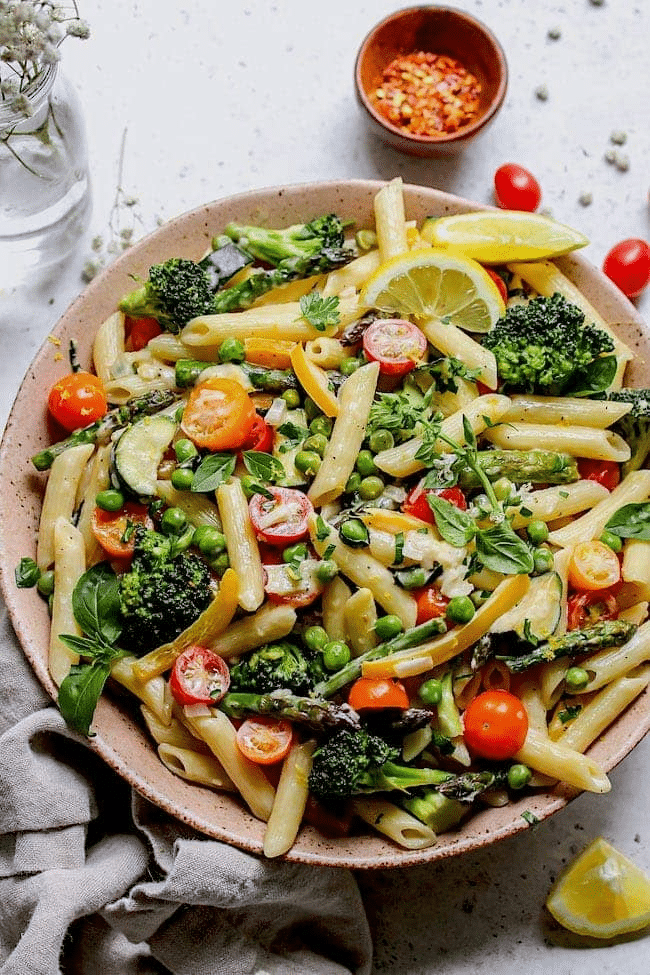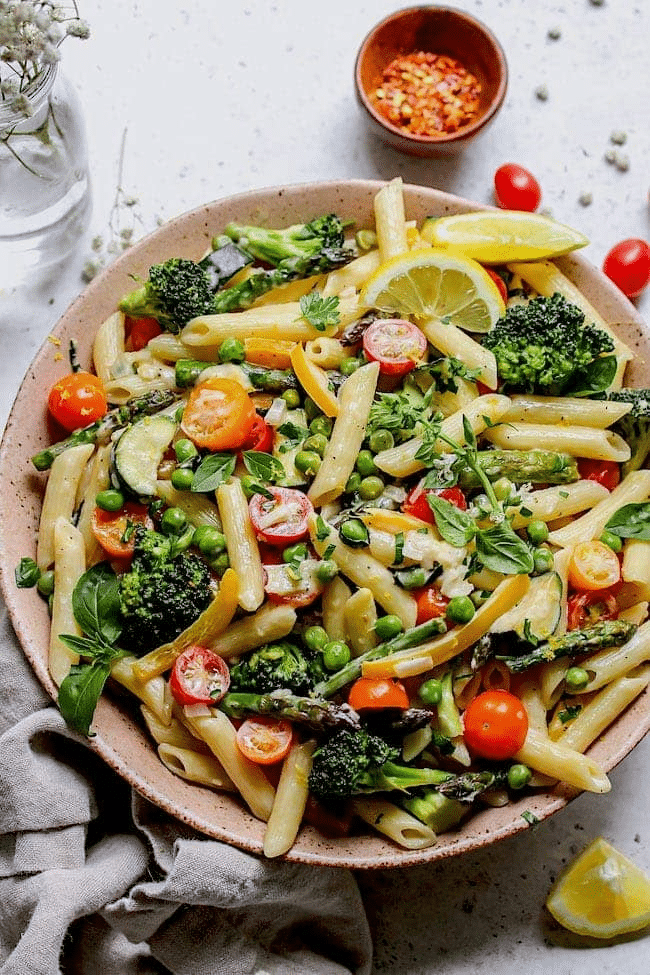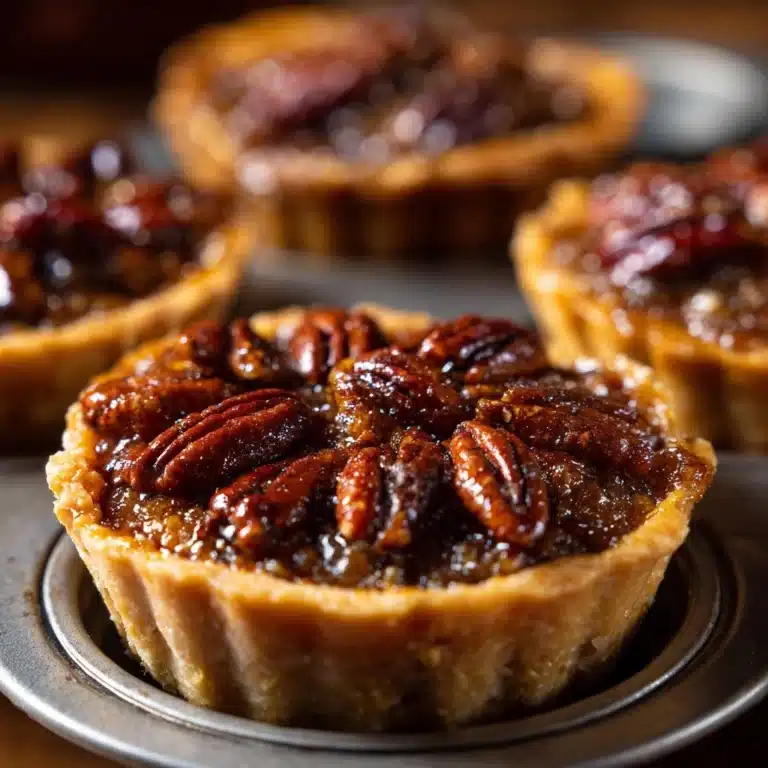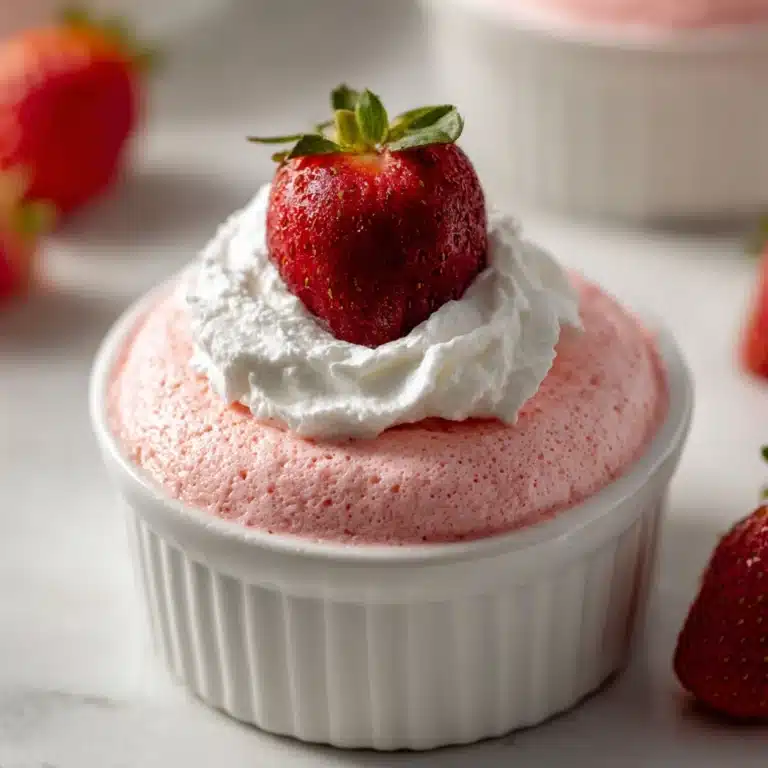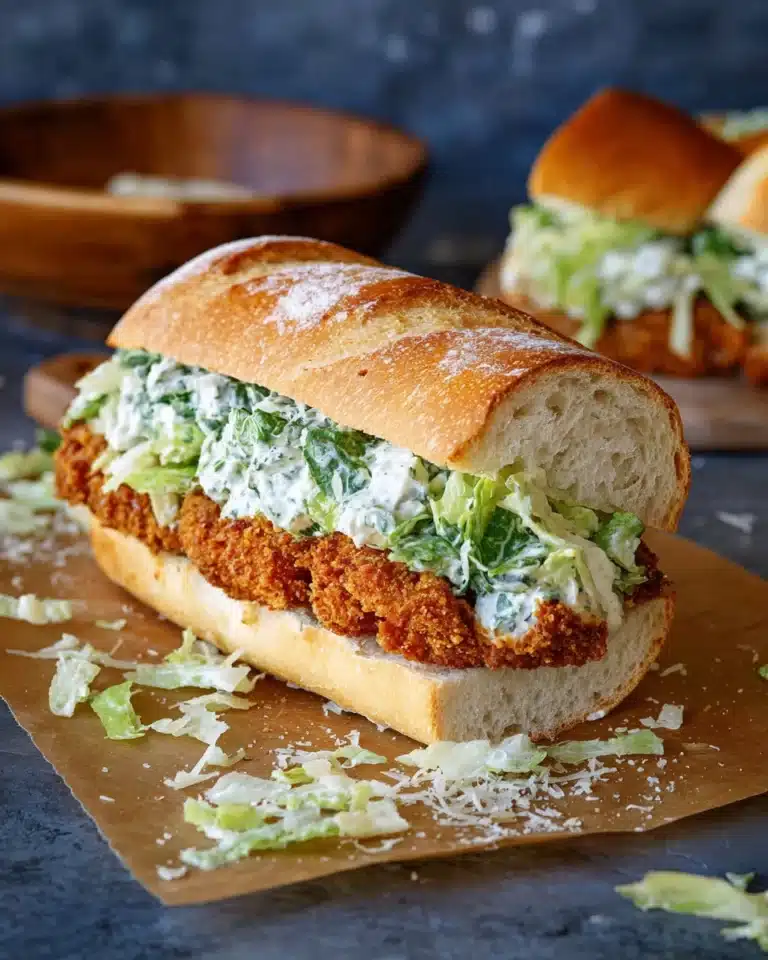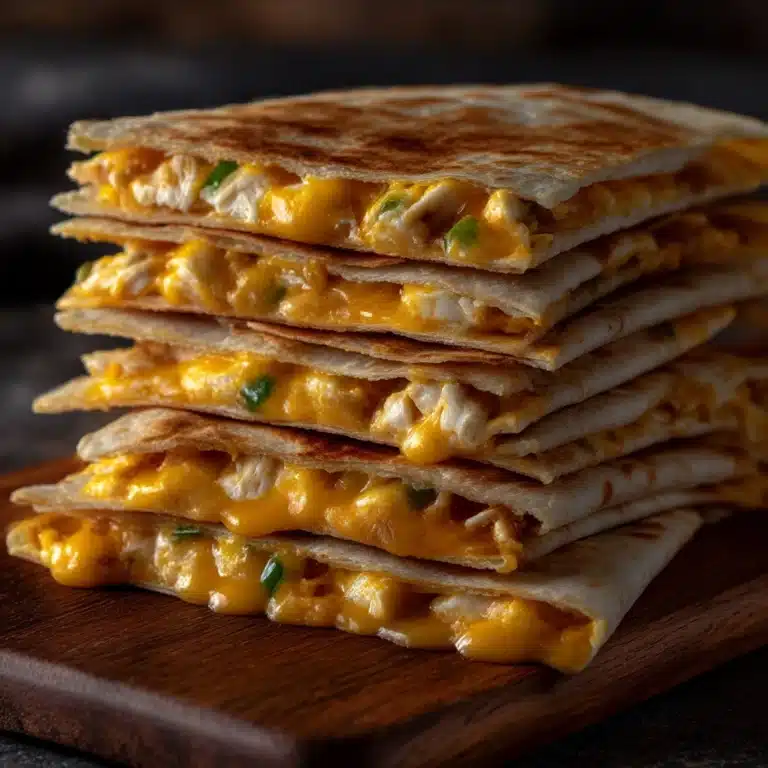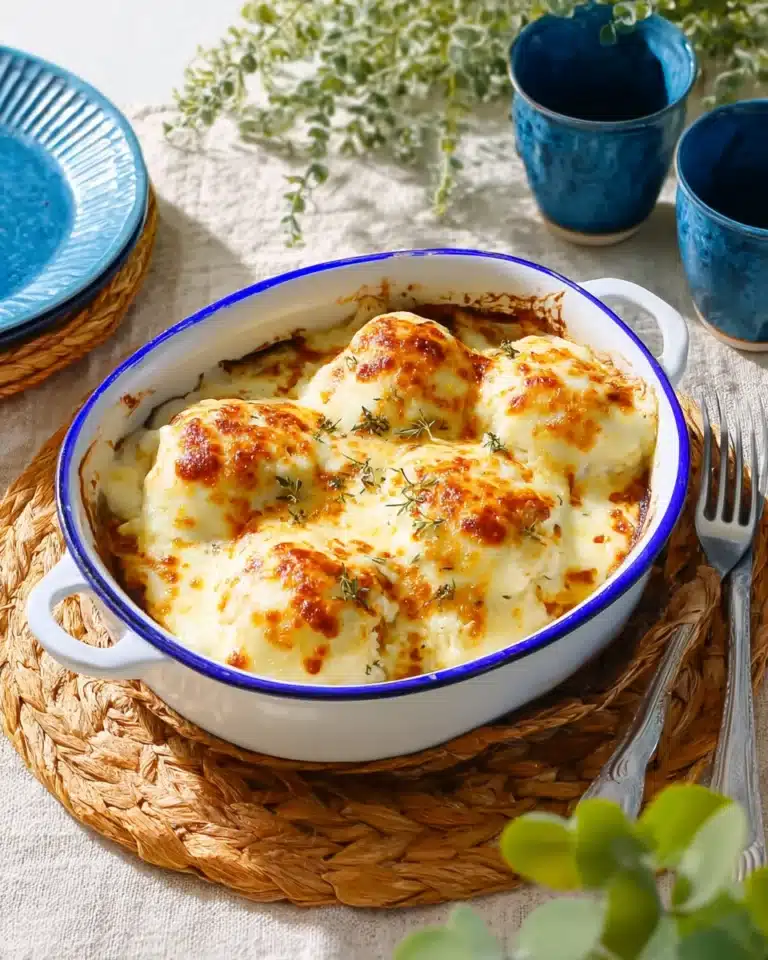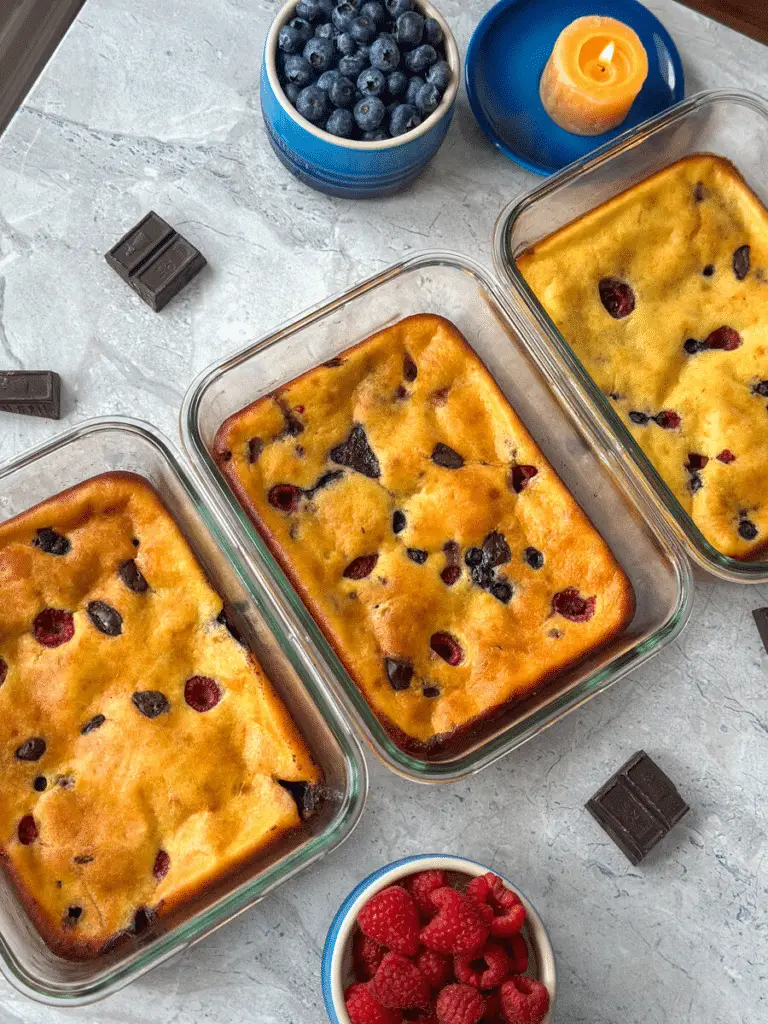Pasta Primavera is the ultimate celebration of fresh, vibrant vegetables tossed together with perfectly cooked pasta in a light, flavorful sauce. It’s a colorful, feel-good dish that comes together quickly and effortlessly, making it an ideal option for busy weeknights when you want something satisfying but not heavy. The vegetables stay crisp-tender, the sauce lightly coats every bite, and the whole thing bursts with garden-fresh flavor.
Why You’ll Love This Recipe
- Quick to Make: You can have this dish ready in under 30 minutes, start to finish. Perfect for those evenings when time isn’t on your side.
- Packed with Veggies: This is one of the tastiest ways to sneak in more vegetables—seriously, even picky eaters won’t mind.
- Light but Satisfying: No heavy cream here—just olive oil, garlic, and a splash of pasta water to bring everything together beautifully.
- Customizable: You can use whatever veggies you have in your fridge. It’s endlessly adaptable!
Ingredients You’ll Need
Here’s what you’ll need to whip up a bowl of Pasta Primavera magic:
- Pasta: Use something that holds sauce well, like penne, farfalle, or rotini. Whole wheat or gluten-free pasta works too.
- Olive Oil: The base for sautéing and flavor-building. Use good-quality extra virgin for the best taste.
- Garlic: A few cloves, minced—because garlic makes everything better.
- Onion: Adds a bit of sweetness and depth to the sauté.
- Bell Peppers: For crunch, color, and a mild sweetness.
- Zucchini and/or Yellow Squash: Softens slightly while still keeping a bit of bite. Adds nice texture contrast.
- Cherry Tomatoes: These burst into juicy little flavor bombs when heated.
- Carrots: Julienned or thinly sliced—they add sweetness and a satisfying snap.
- Broccoli or Asparagus: Adds heartiness and earthy flavor. Cut into bite-sized pieces for even cooking.
- Parmesan Cheese: Freshly grated is best. It adds saltiness and richness at the end.
- Fresh Herbs: Basil, parsley, or even a touch of thyme—these lift the entire dish.
- Lemon Juice or Zest: A squeeze or zest of lemon at the end brings brightness and balances the flavors.
- Salt & Pepper: For seasoning, of course.
- Red Pepper Flakes: Optional, for a gentle kick.
Variations
Want to shake things up? Go for it!
- Creamy Version: Add a splash of heavy cream or a dollop of mascarpone for a richer sauce.
- Vegan: Skip the cheese or use a plant-based version. You won’t even miss it with all those fresh veggies.
- Add Protein: Grilled chicken, shrimp, or even chickpeas go wonderfully here.
- Swap the Veggies: Use green beans, peas, mushrooms, spinach, or whatever you’ve got on hand.
- Pesto Twist: Toss in a spoonful of pesto at the end for a herbaceous upgrade.
How to Make Pasta Primavera
Step 1: Cook the Pasta
Bring a large pot of salted water to a boil. Add your pasta and cook until just al dente. Reserve about a cup of pasta water before draining.
Step 2: Sauté the Vegetables
In a large skillet, heat olive oil over medium heat. Start with the firmer vegetables—carrots, broccoli, onion—and cook for a few minutes until they start to soften.
Step 3: Add Softer Veggies
Add zucchini, bell peppers, cherry tomatoes, and garlic. Sauté until everything is just tender but still vibrant. Don’t overcook—you want those veggies to still have personality!
Step 4: Combine Pasta and Sauce
Add the cooked pasta to the skillet with the veggies. Toss everything together with a splash of reserved pasta water to create a light, silky sauce. Stir in lemon juice and season with salt, pepper, and red pepper flakes.
Step 5: Finish with Cheese and Herbs
Remove from heat and sprinkle in plenty of Parmesan and fresh herbs. Give everything one last toss so the flavors mingle beautifully.
Pro Tips for Making the Recipe
- Don’t Overcook the Veggies: Keep them slightly crisp for the best texture and color.
- Use Reserved Pasta Water: It helps make the sauce glossy and helps it cling to the pasta.
- Cut Evenly: Chop your veggies to roughly the same size so they cook evenly.
- Fresh is Best: Use seasonal, fresh vegetables for maximum flavor.
How to Serve
Pasta Primavera shines as a main course, but it also works beautifully as a side.
Pairings:
- With a Protein: Serve alongside grilled chicken, baked salmon, or roasted tofu.
- With Bread: Garlic bread or a crusty baguette is a perfect companion.
- With Salad: A simple green salad with a lemon vinaigrette complements the freshness of the pasta.
Make Ahead and Storage
Storing Leftovers
Store any leftovers in an airtight container in the fridge for up to 3 days. The flavors actually deepen overnight.
Freezing
Not recommended—this dish is all about fresh, crisp veggies, and freezing will dull both texture and flavor.
Reheating
Reheat gently in a skillet with a splash of water or olive oil to revive the sauce. Microwave works too, but go low and slow to avoid mushy veggies.
FAQs
Can I use frozen vegetables for Pasta Primavera?
Yes, but fresh is ideal for texture and flavor. If using frozen, add them straight to the pan without thawing to prevent sogginess.
How can I make this gluten-free?
Simply swap the pasta for your favorite gluten-free variety. Brown rice pasta or lentil pasta works great here.
Can I serve this cold as a pasta salad?
Absolutely! Just let it cool, toss with a bit more olive oil or a splash of vinaigrette, and it becomes a delicious veggie-packed pasta salad.
Is Pasta Primavera a traditional Italian dish?
Not exactly—it’s more of an Italian-American invention from the 1970s. But with all the fresh flavors, it definitely feels like something straight from the Mediterranean.
Final Thoughts
Pasta Primavera is a joyful, colorful dish that’s as nourishing as it is delicious. Whether you’re cooking for one or feeding a family, this recipe brings brightness to the table with minimal effort. Try it once, and it might just become your go-to for easy, veggie-packed dinners. Happy cooking!
Print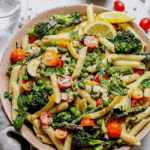
Pasta Primavera Recipe
- Prep Time: 15 minutes
- Cook Time: 15 minutes
- Total Time: 30 minutes
- Yield: 4 servings
- Category: Main Course
- Method: Sautéing
- Cuisine: Italian-American
- Diet: Vegetarian
Description
Pasta Primavera is a light and colorful Italian-American pasta dish made with a variety of fresh, sautéed vegetables and a simple garlic and olive oil or light cream sauce.
Ingredients
- 12 oz pasta (penne or fettuccine)
- 2 tbsp olive oil
- 3 cloves garlic, minced
- 1 cup cherry tomatoes, halved
- 1 cup broccoli florets
- 1 zucchini, sliced
- 1 yellow bell pepper, sliced
- 1 cup carrots, julienned
- 1/2 cup green peas (fresh or frozen)
- 1/4 cup grated Parmesan cheese
- Salt and pepper to taste
- 1/4 cup chopped fresh basil
- 1/4 tsp red pepper flakes (optional)
Instructions
- Cook the pasta according to package instructions. Drain and set aside.
- In a large skillet, heat olive oil over medium heat.
- Add minced garlic and sauté for about 1 minute until fragrant.
- Add carrots, broccoli, and bell pepper. Sauté for 4-5 minutes.
- Add zucchini, peas, and cherry tomatoes. Cook for another 3-4 minutes until vegetables are tender-crisp.
- Season with salt, pepper, and red pepper flakes (if using).
- Add cooked pasta to the skillet and toss everything together.
- Sprinkle with grated Parmesan cheese and chopped fresh basil.
- Serve warm and enjoy!
Notes
- You can use any combination of fresh vegetables based on the season or your preference.
- For a creamier version, add a splash of heavy cream or a dollop of ricotta.
- To make it vegan, skip the Parmesan or use a dairy-free alternative.

